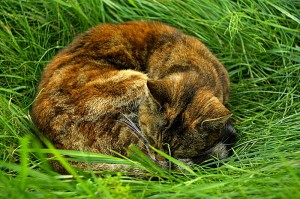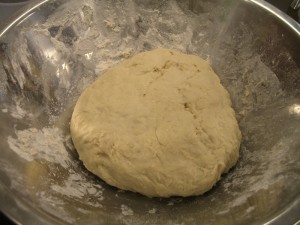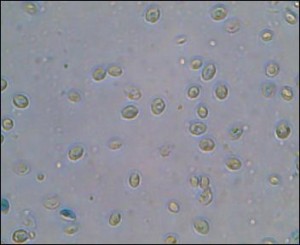I’ve been thinking recently about the similarities I’ve observed between Montessori Middle and High Schools and liberal arts education at the university level. Especially when compared to a traditional secondary education the two are remarkably similar. Two that stand out are the variety of choice for the students to tailor their own learning, and lots of responsibility given to the student to use their time and resources effectively. The Montessori experience should be really beneficial in college, but that just leaves the little matter of High School.
Leon Botstein, president of Bard College, has written quite a bit about the failure of the traditional high school in the “rich world”.
[I]n secondary schools there is a demand for uniformity and regulation of behavior that results in less autonomy and the dumbing down of academic expectations – Botstein (2008).

Botstein argues for universities taking over high schools because they have credibility as educational institutions and because the structure of secondary education in the U.S., with rapid turnover of school boards and superintendents, is a failed model. One fundamental problem that Botstein and others such as Angeline Lillard identify is that the traditional educational is based on a factory style model. Students are fed through the assembly line and those who do not, or can not, conform to the necessary automation get rejected by the system. This model co-evolved with the industrial revolution when the power of the factories and efficiency were novel marvels to behold.
To a degree the education factory worked well in the past, providing the workers for the industries at the time, and certainly, for a while, helped rapidly raise educational levels and productivity. Yet as more and more rote jobs are now being automated, the educational premium is now on creativity. Where technology takes the place of the assembly line worker it also makes it easier and cheaper for the individual inventor or creator.
Personally, when assessing high schools my students go on to, the main thing I look for is the degree of independence they offer their students. Hemmed in by the needs of standardized testing and curriculum standards, it is too rare that students get the opportunities to follow their passions. My own teaching philosophy has also evolved. I’ve come to the conclusion that by the time my students graduate my Middle School they should be the type of independent learners who would succeed in the college environment (and hopefully in the world). That type of independence also means that they also have to tools to deal with anything that comes up in high school, even if they have to work around the system.






